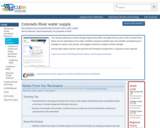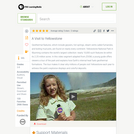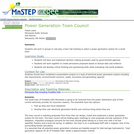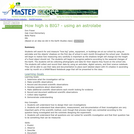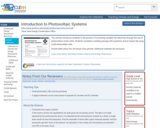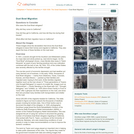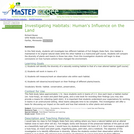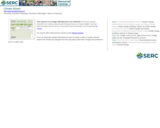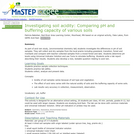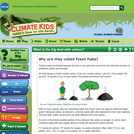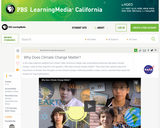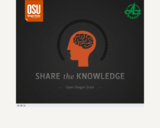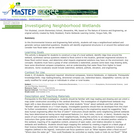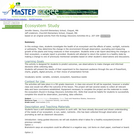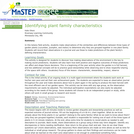Financial Statements & Present Value Models
Short Description:
This book is for those whose financial management focus is on small businesses. For you, we adapt the traditional financial management themes emphasized in corporate financial management courses to meet the needs of small businesses.
Long Description:
This book is for those whose financial management focus is on small businesses. For you, we adapt the traditional financial management themes emphasized in corporate financial management courses to meet the needs of small businesses.
Many financial managers of small businesses come from farms or agribusinesses. Others are interested in working for or starting businesses in the food or retail sectors. In most cases, these businesses aren’t organized as C-corporations impacting things like taxes, depreciation, and legal requirements around compiling and reporting financial data. They are rarely publicly traded which creates unique constraints to raising debt and equity capital and calculating required risk-adjusted returns.
These financial managers are interested in solving specific problems they face in family or small businesses. They want to know how to apply the tools they are learning—coordinated financial statement analysis, present value analysis, management of cash flow, measuring their opportunity costs, etc.—to the problems they face at home. As we started to work on the actual problems faced by these managers, it quickly became clear that corporate finance tools don’t exactly fit the small businesses they come from. Further, in attempting to tackle the problems they bring, we learned that finding and/or constructing the data needed for financial management is another skill set often overlooked and in need of development. In the end, after investing a lot of time, we found that—without adaptation—corporate finance theory as traditionally taught doesn’t meet the knowledge needs and application skills of financial managers of small businesses. We wrote this book to be a catalyst that enables students and managers of small businesses to learn the tools and skill sets that will help them make sound financial management decisions.
Word Count: 163818
(Note: This resource's metadata has been created automatically by reformatting and/or combining the information that the author initially provided as part of a bulk import process.)
